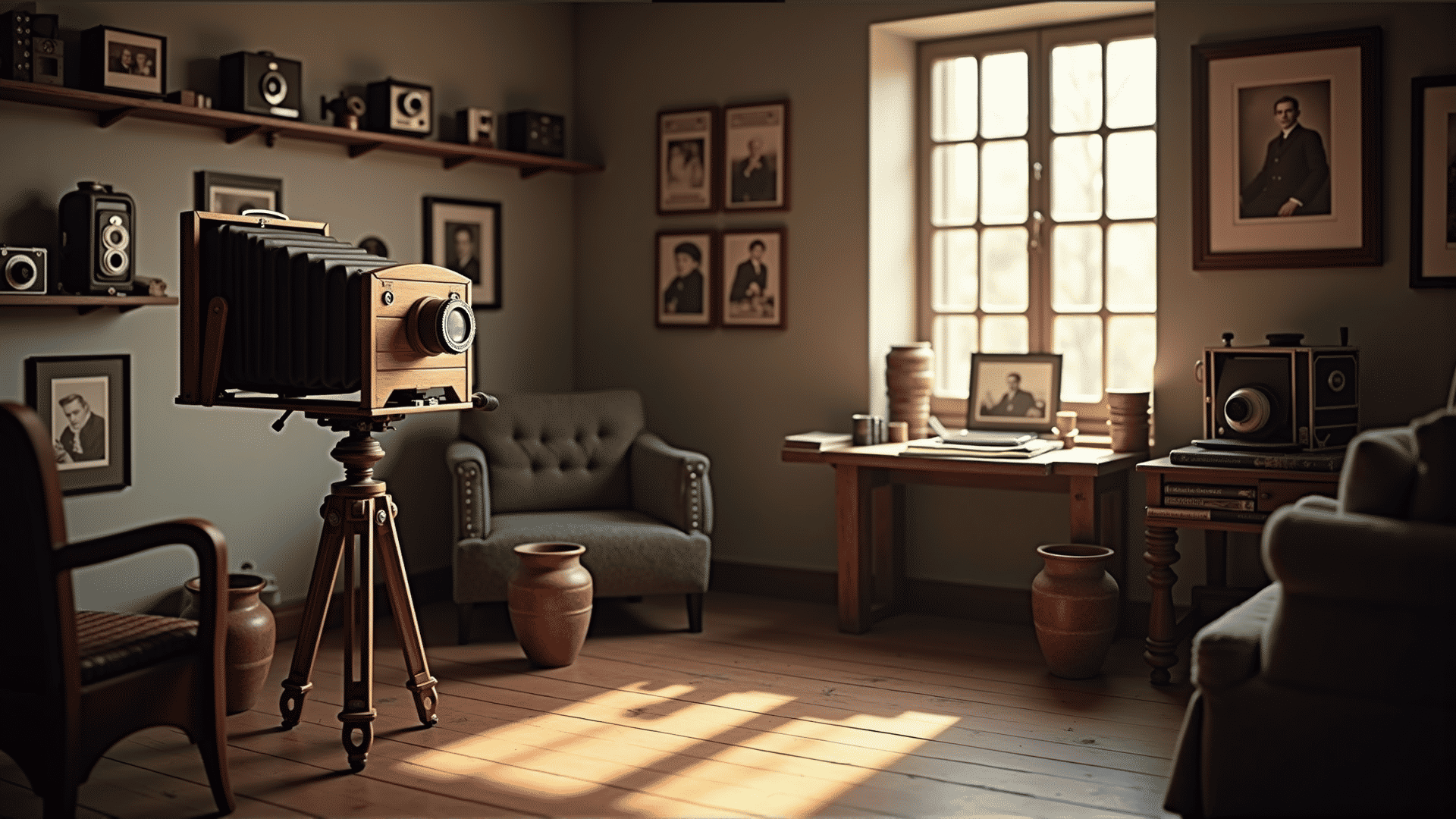The journey of photography is a remarkable tale of innovation and creativity that spans nearly two centuries. From its initial invention to the current digital age, photography has undergone profound transformations that have shaped how we capture and perceive the world around us.
In the early 19th century, the photographic journey began with the development of the daguerreotype, a process pioneered by Louis Daguerre in 1839. This method involved treating a copper plate with light-sensitive chemicals, creating a singular and astoundingly detailed image. Despite its lack of capacity to be replicated and its fragility, the daguerreotype was a significant leap forward, allowing people to capture still images of reality for the first time.
Following the daguerreotype, the calotype process, developed by Henry Fox Talbot, emerged. By using paper coated with silver iodide, the calotype introduced the concept of a negative that could produce multiple positive prints, paving the way for mass image reproduction. This marked the beginning of photography as a medium accessible to a broader audience.
The late 19th and early 20th centuries witnessed further advancements with the development of emulsion plates and the gelatin dry plate process. These innovations reduced exposure times significantly and made photography more practical and widespread. The introduction of roll film by George Eastman in 1888, with his Kodak camera, made photography portable and user-friendly, allowing amateurs to explore this art form with ease.
As the 20th century progressed, the incorporation of color into photography transformed the medium once again. The Autochrome Lumière, introduced in the early 1900s, was one of the first color processes, followed by Kodachrome film in the 1930s. This added vibrancy and realism to photographs, captivating audiences and expanding the possibilities of photographic expression.
The latter half of the 20th century saw the rise of instant photography, made famous by Polaroid, which brought immediacy and spontaneity to capturing moments. However, the most significant transformation occurred with the digital revolution at the turn of the 21st century. Digital cameras supplanted traditional film, offering unprecedented convenience, quality, and versatility. With the integration of cameras into mobile devices, photography became a ubiquitous part of daily life, allowing anyone to capture and share images instantaneously.
Today, photography continues to evolve, embracing innovations like high-definition imagery, virtual reality, and artificial intelligence. These developments push the boundaries of what’s possible, blurring the lines between reality and imagination.
Throughout its history, photography has been a powerful tool for documenting events, exploring artistic expression, and reflecting cultural shifts. From a single image that required painstaking labor to instant digital captures shared worldwide in seconds, the evolution of photography mirrors our own progress, continuing to inspire and influence how we see and understand our world.
